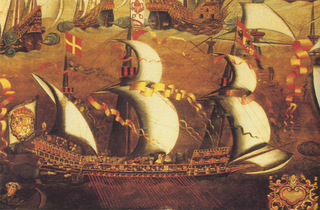Liscannor is a coastal village in County Clare, Ireland. It is located on the R478 road between Lahinch and Doolin, close to the Cliffs of Moher. As of the 2016 census it had a population of 113.

Spanish Point is a village in the parish of Milltown Malbay in County Clare on the west coast of Ireland. It has many holiday homes, and in winter a significantly smaller population. The Beach, over a kilometre long, has Blue Flag Status and is suitable for swimming and surfing. It is also one of the better known surf breaks in County Clare. The name refers to the wrecking of some ships of the Spanish Armada off the coast.
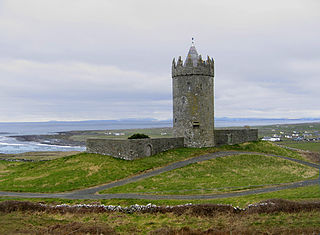
Doonagore Castle is a round 16th-century tower house with a small walled enclosure located about 1 km south of the coastal village of Doolin in County Clare, Ireland. Its name may be derived from Dún na Gabhair, meaning "the fort of the rounded hills" or the "fort of the goats". Doonagore Castle is at present a private holiday home, inaccessible to the public.
Carincastle or Cairncastle is a small village and civil parish in County Antrim, Northern Ireland near the town of Larne and inland from the village of Ballygally. It had a population of 66 people in the 2001 Census. It is part of the Mid and East Antrim Borough Council area.

The Spanish Armada was a Spanish fleet that sailed from Lisbon in late May 1588, commanded by the Duke of Medina Sidonia, an aristocrat without previous naval experience appointed by Philip II of Spain. His orders were to sail up the English Channel, join with the Duke of Parma in Flanders, and escort an invasion force that would land in England and overthrow Elizabeth I. Its purpose was to reinstate Catholicism in England, end support for the Dutch Republic, and prevent attacks by English and Dutch privateers against Spanish interests in the Americas.
The Spanish Armada in Ireland refers to the landfall made upon the coast of Ireland in September 1588 of a large portion of the 130-strong fleet sent by Philip II to invade England.
Francisco de Cuéllar was a Spanish sea captain who sailed with the Spanish Armada in 1588 and was wrecked on the coast of Ireland. He gave a remarkable account of his experiences in the fleet and on the run in Ireland.
County Clare was a constituency representing County Clare in the Irish House of Commons, the lower house in the Irish Parliament of the Kingdom of Ireland. It returned two members to the Parliament of Ireland from 1613 to 1800.
The High Sheriff of Clare was a High Sheriff title. Records show that the title was in existence from at least the late 16th century, though it is not used today in the modern Republic of Ireland. The title existed within County Clare in the west of Ireland during the time of the Kingdom of Ireland and then as part of the United Kingdom of Great Britain and Ireland.
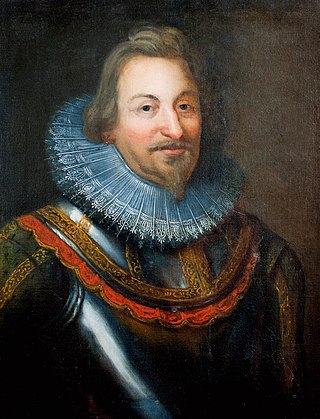
Donogh O'Brien, 4th Earl of Thomond and Baron Ibrickan, PC (Ire), was a Protestant Irish nobleman and soldier. He fought for Queen Elizabeth during Tyrone's Rebellion and participated in the Siege of Kinsale. He obtained the transfer of County Clare, where most of his lands lay, from the Province of Connacht to that of Munster. He was made president of Munster in 1605.
Murrough mac Toirdelbach Ó Briain, Chief of the Name, the Clan Tiege of Aran, fl. 1575 – 1588.
The San Juan de Sicilia was one of the 130 ships that formed the ill-fated Spanish Armada of 1588. The ship was originally known as the Brod Martolosi, before it was seized to form part of the navy. It was one of 10 ships forming the Levant squadron, one of 8 squadrons that formed the entire armada.
The San Esteban was a ship of the Spanish Armada that was wrecked on the west coast of Ireland in 1588. All the survivors were killed when they reached the shore or taken prisoner and later hanged.
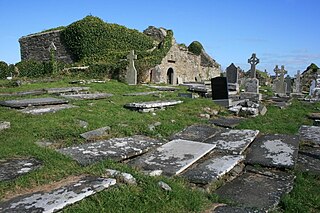
Kilmacrehy, sometimes also Kilmacreehy, is a civil parish in County Clare, Ireland. The ruins of the old parish church lie near the coastal village of Liscannor, which is also a part of the parish.

Killilagh or Killeilagh is a civil parish in County Clare, Ireland. It contains the village of Doolin.
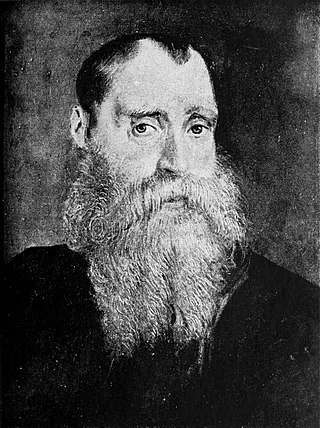
Donough O'Brien was the third son of Murrough O'Brien and the ancestor of the Leameneagh branch of that family.
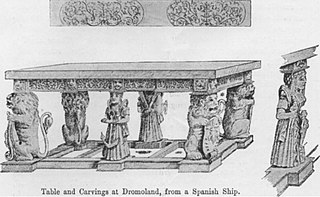
Conor O'Brien of Leameneagh was an Irish nobleman and land-owner in County Clare.



